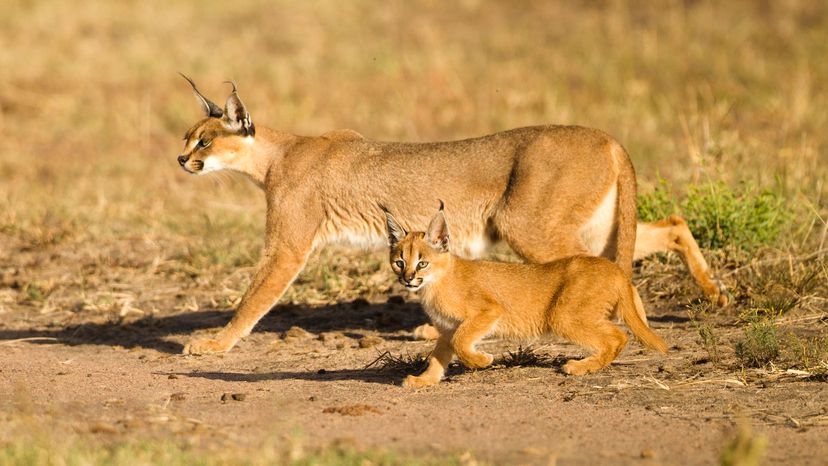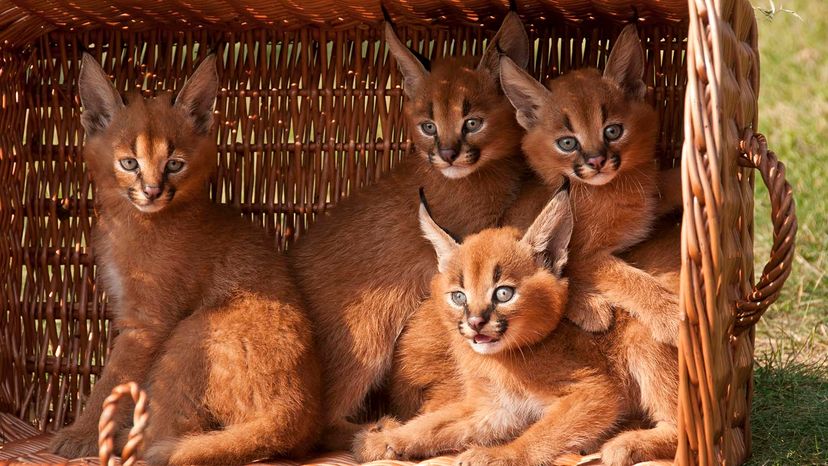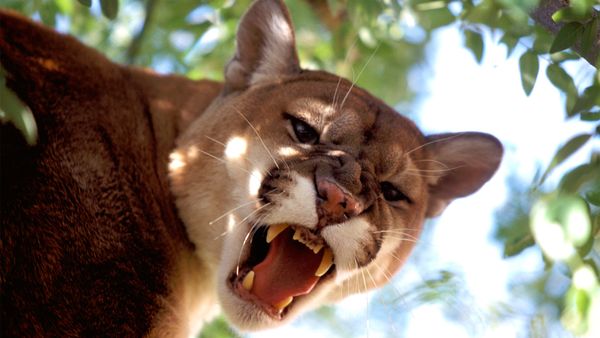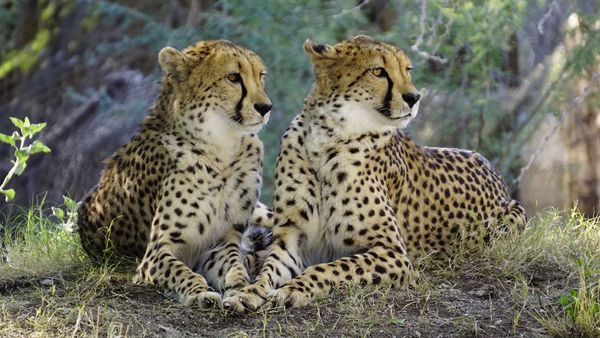The fastest and largest of the African small wildcats, caracals are high jump champions, snagging birds out of the air with their sharp claws.
"Caracals are notorious for being able to jump almost 3 meters (10 feet) into the air from a crouch position to catch their prey," says Tertius Kohn, a professor in the Department of Medical Bioscience at the University of the Western Cape, in an email. "For an animal that is the size of a beagle dog, that's not too bad."
Caracals are light and stout, with large quadriceps and calf muscles. Kohn has studied the muscle fiber of both caracals and lions, in comparison to that of humans.
"What makes them so powerful is that one of their muscle fibres can produce three times more power than that of a human equivalent fibre — the caracal shares this feature with lions," says Kohn. "Where a human muscle is primarily composed of slow twitch fibres, containing lots of mitochondria to provide endurance, the caracal has stacks of fast twitch fibres, but lacks mitochondria. Thus, it is a sprinter, and not an endurance animal."
According to Kohn, having these fast twitch muscles explains why cats have to stalk their prey and pounce quickly. Otherwise an antelope, whose muscles also contain fast twitch fibres but who have much more endurance in their muscles, would be able to outrun the predator.



